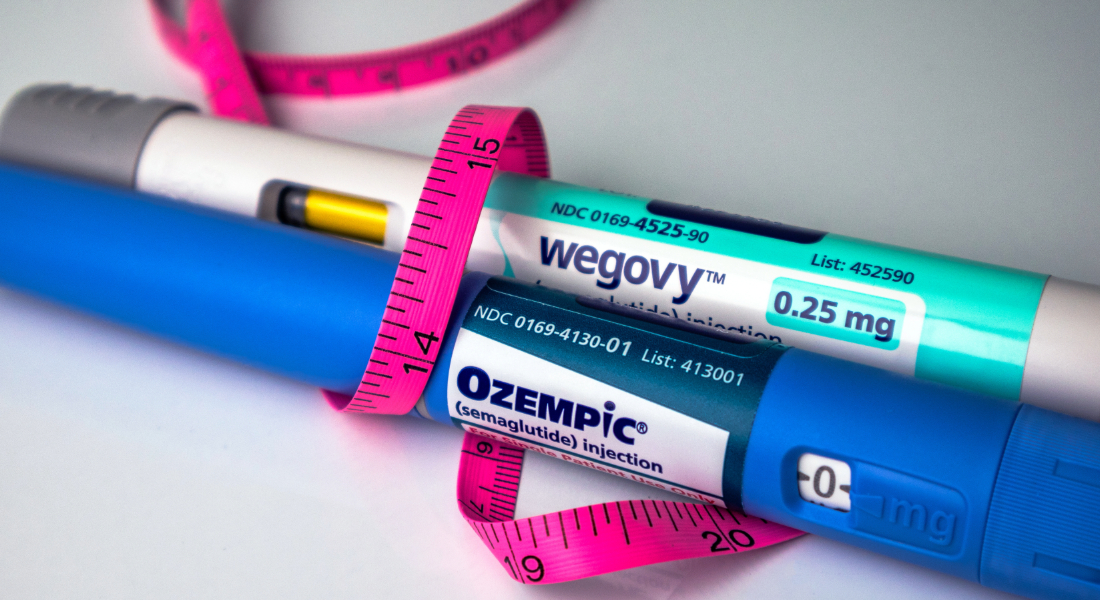- Teresa Saenz
- Health Tips, Healthy Living, Pharmacy, Show on VR homepage
Phthalates: What you should know about these common toxins in beauty products
Pharmaceutical scientist explains the health risks of phthalates and their impact on well-being

Cosmetic companies are not required to disclose whether their products contain phthalates, so it's up to consumers to do their own homework. (Adobe Stock)
Many of us unknowingly expose ourselves to phthalates (pronounced “THAL-ates”), chemical compounds commonly found in everyday products. These colorless, odorless plasticizers are used extensively in cosmetics, personal care items and products that encounter plastics during manufacturing or packaging.
Phthalates serve multiple purposes in beauty products, from preventing cracking in nail polish to reducing stiffness in hair sprays. They help retain scent in fragrances and add flexibility to plastics. People can be exposed to these chemicals in many ways, including eating, drinking or breathing and through the skin.
Mahua Choudhury, PhD, associate professor of pharmaceutical sciences at the Texas A&M University Irma Lerma Rangel College of Pharmacy and co-director of the Texas A&M Health Center for Micro-encapsulation and Drug Delivery, explains how chronic exposure to phthalates can negatively impact the endocrine system, organ function, reproductive health and child development.
“People often believe plasticizers are hazardous when microwaving because they think the chemicals will transfer to their food. However, phthalates do not require heat to be released,” Choudhury said.
Identifying phthalates in products
Several common phthalates appear in consumer products, including diethyl phthalate (DEP), dibutyl phthalate (DBP), dimethyl phthalate (DMP) and isobutyl phthalate (DiBP). The Food and Drug Administration’s (FDA) stance on these compounds is complex. Under the authority of the Fair Packaging and Labeling Act (FPLA), the FDA requires an ingredient declaration on cosmetic products sold to consumers, which means you can tell if a product contains phthalates by reading the list of ingredients on its label.
“Products labeled clean or organic in the beauty section don’t automatically mean that you are free of all these adverse chemicals,” Choudhury said.
In 2010, the FDA conducted a survey of cosmetics that contained phthalates to track general trends in their use in cosmetics. However, cosmetic companies are not legally obligated to submit their formulations to the FDA, and regulations do not require them to disclose individual fragrance or flavor components or their specific ingredients.
How do phthalates get into my body?
Although you can’t see, smell or taste phthalates, they’re in hundreds of products you use every day—from food packaging to shampoos and makeup. These chemicals can seep out of products and get into your body through eating, drinking, breathing or even through your skin. Phthalates can even cross the placenta during pregnancy, meaning they can reach a developing fetus. Once inside the body, phthalates can disrupt the endocrine system, which is responsible for regulating hormones that control everything from metabolism to growth.
“Recent studies published by Chemical Research in Toxicology focused on how phthalates influence metabolic and inflammatory processes. Together, these findings highlight the complex ways phthalates disrupt critical biological pathways, furthering the concern about their role in metabolic disorders and inflammation,” Choudhury said.
The European Commission and other regulatory bodies classify DBP and Di(2-ethylhexyl)phthalate (DEHP) as endocrine disruptors and reproductive toxicants. Prenatal exposure to these chemicals has been linked to altered male genital development, hormone imbalances in infants, reduced sperm quality in men and infertility in women. The U.S. Environmental Protection Agency (EPA) has also identified DEHP as a probable human carcinogen, raising uncertainty about the long-term health impacts of these phthalates.
How to avoid phthalates
You can take several steps to minimize your exposure to phthalates. Reading product labels carefully is essential, though phthalates often hide behind terms like “fragrance” or “parfum.” Look for products explicitly labeled as “phthalate-free” or choose items from companies committed to avoiding these chemicals. This is particularly important for pregnant women and young children, who may be more vulnerable to the potential effects of these compounds.
A 2001 report released by the Centers for Disease Control and Prevention (CDC) showed elevated phthalate levels in women of childbearing age, yet the FDA maintains that available evidence doesn’t warrant regulatory action against phthalates in cosmetics. This stance contrasts with the European Commission’s position, which has classified some phthalates as endocrine disruptors. Ongoing research continues to investigate their health impacts.
“We are really vulnerable to phthalates as the effects can extend from the mother to the baby,” Choudhury said. “Additionally, race plays a role. Studies have shown that the African American population often uses specific hair and makeup products, many of which contain high levels of phthalates.”
Although the FDA considers some phthalates, such as DEP, safe in current cosmetic applications, consumers are responsible for making informed choices by carefully reviewing product ingredients. If you’re concerned about phthalate exposure, consider avoiding products listing “fragrance” or “flavor” and reach for manufacturers who explicitly state their products are phthalate-free. This is especially relevant during pregnancy and early childhood when exposure risks may be heightened.
Avoiding phthalates can be a challenge, which is why consumer awareness is crucial. As regulatory bodies continue to evaluate their safety, it’s up to each of us to assess the risks and make informed choices about the products we use. With new research continually uncovering more about the health effects of phthalates, staying informed about these common chemicals is key to protecting your own health and well-being.
Media contact: media@tamu.edu


